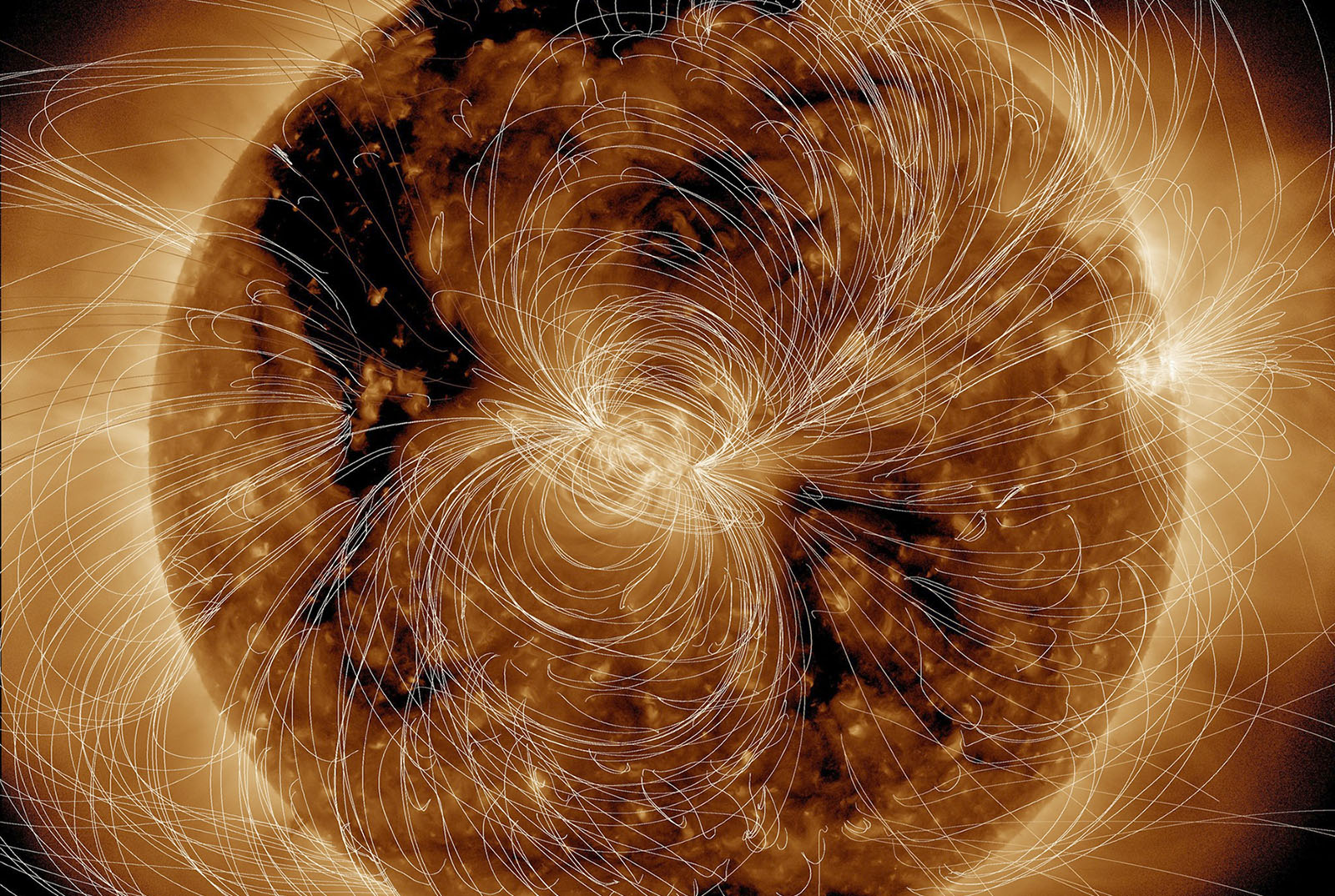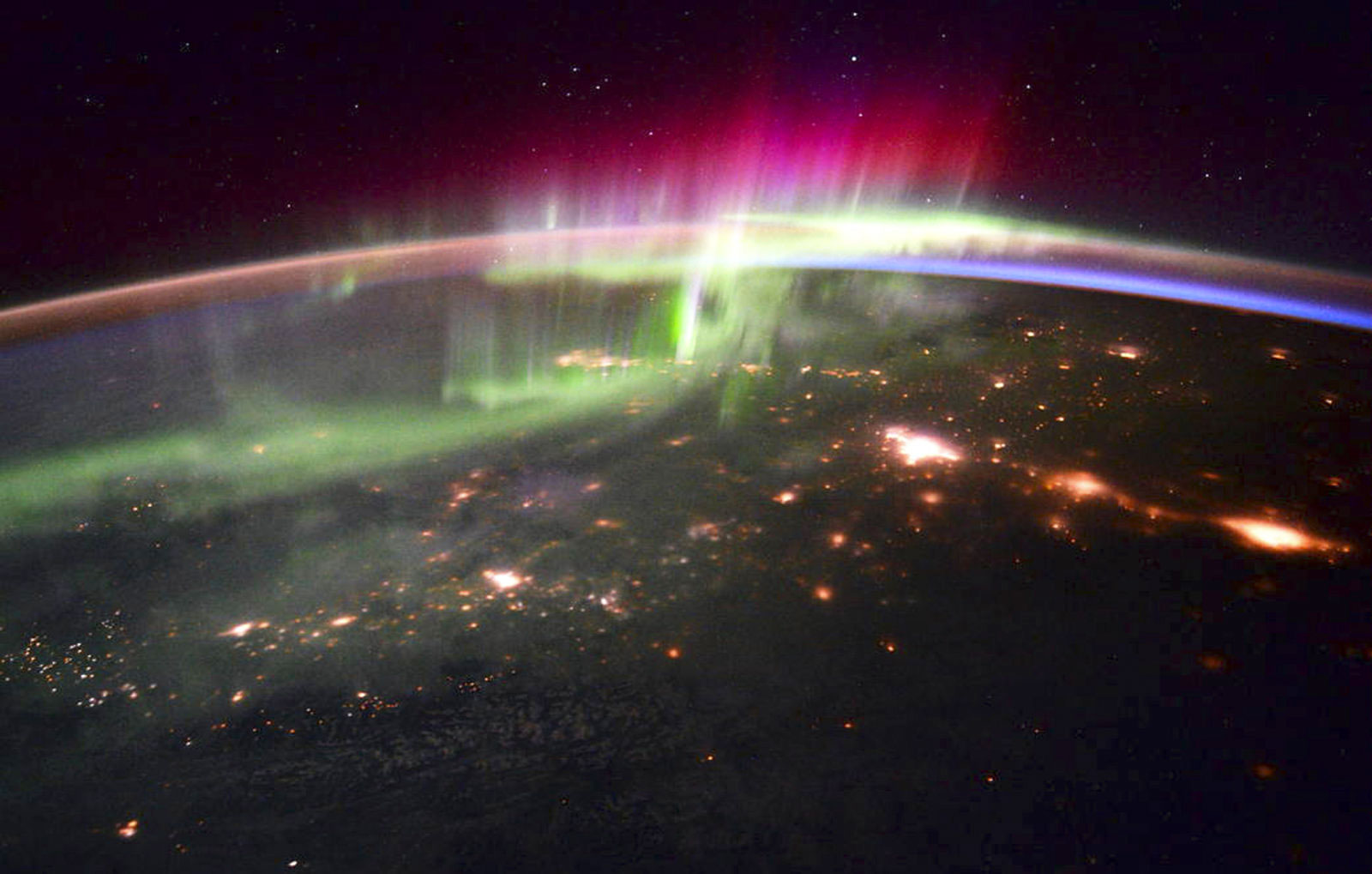
Yesterday, a solar flare set off from the sun, launching a coronal mass ejection (CME) heading toward Earth, and it's set to make an appearance in our fair skies this Saturday. While the wave of charged particles headed our way is much weaker than the most powerful solar flares (like the X28+ gust from 2003), it ranks in the extreme (X) class, and it's already caused a wave of UV radiation that interfered with radio signals, not to mention an uptake in solar protons swarming around Earth. According to SpaceWeather.com, the flare could cause some geomagnetic storms, which could endanger satellites and astronauts in space in addition to possibly interfering with communication signals. That (relatively minor) risk aside, those of you living up north could be in for a pretty sweet light show, so check the skies for the aurora borealis.
Filed under: Science
'Extreme' class solar flare heading toward Earth, hopefully bringing nothing but auroras originally appeared on Engadget on Fri, 13 Jul 2012 16:57:00 EDT. Please see our terms for use of feeds.
Permalink  The Register
The Register |
 SpaceWeather.com
SpaceWeather.com |
Email this |
Comments
 Sunspots, flares and other solar activity show the sun's wild side, but we never see the massive forces that cause them. Now, scientists from NASA's Solar Dynamics Observatory (SDO) have created a visualization of the powerful magnetic fields that cr...
Sunspots, flares and other solar activity show the sun's wild side, but we never see the massive forces that cause them. Now, scientists from NASA's Solar Dynamics Observatory (SDO) have created a visualization of the powerful magnetic fields that cr...
 Sunspots, flares and other solar activity show the sun's wild side, but we never see the massive forces that cause them. Now, scientists from NASA's Solar Dynamics Observatory (SDO) have created a visualization of the powerful magnetic fields that cr...
Sunspots, flares and other solar activity show the sun's wild side, but we never see the massive forces that cause them. Now, scientists from NASA's Solar Dynamics Observatory (SDO) have created a visualization of the powerful magnetic fields that cr...
 Here's a new one. Space particles from the sun and even distant black holes are affecting microelectronic devices more than ever, according to a recent study from Vanderbilt University. Chip manufacturers are packing in more transistors, increasing t...
Here's a new one. Space particles from the sun and even distant black holes are affecting microelectronic devices more than ever, according to a recent study from Vanderbilt University. Chip manufacturers are packing in more transistors, increasing t...



